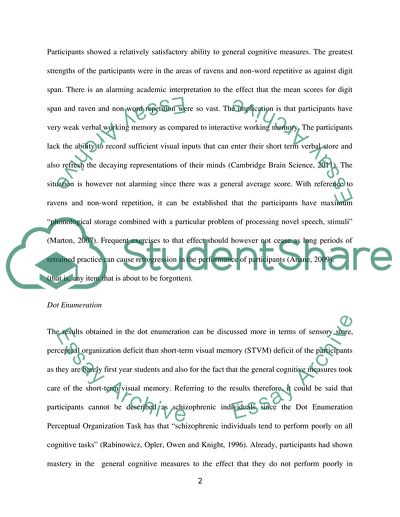Cite this document
(“Core and Cultural Number Abilities in Children in the First Year of Lab Report - 1”, n.d.)
Retrieved from https://studentshare.org/psychology/1431477-core-and-cultural-number-abilities-in-children-in-the-first-year-of-school
Retrieved from https://studentshare.org/psychology/1431477-core-and-cultural-number-abilities-in-children-in-the-first-year-of-school
(Core and Cultural Number Abilities in Children in the First Year of Lab Report - 1)
https://studentshare.org/psychology/1431477-core-and-cultural-number-abilities-in-children-in-the-first-year-of-school.
https://studentshare.org/psychology/1431477-core-and-cultural-number-abilities-in-children-in-the-first-year-of-school.
“Core and Cultural Number Abilities in Children in the First Year of Lab Report - 1”, n.d. https://studentshare.org/psychology/1431477-core-and-cultural-number-abilities-in-children-in-the-first-year-of-school.


